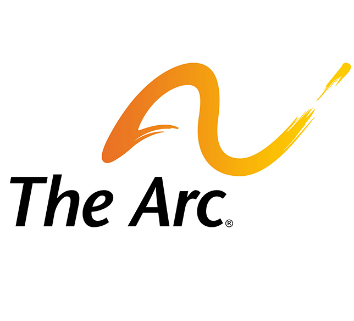This past week, the Centers for Disease Control released their new data on the prevalence of autism. The numbers are staggering: an estimated 1 in 88 children will have autism. The number for boys is even higher: 1 in 54.
The implications of these numbers that seem on an unobstructed downhill slide stopped me in my tracks.
Think ahead ten years from now. Think about your family. A classroom. A school bus. Your church or synagogue, a train car, where you work and where you live. Think about your local Chapter and its capacity to respond to this population and their families, including funding resources. Think about the number of 1 in 88 and how that plays out in a human scale.
Are we ready?
The Arc stands firmly embedded in more than 700 communities and it collectively serves more people with autism than any other organization. In this role, we must involve, engage, understand, and embrace the rising cohort of families connected to children with autism and provide them access to what we have learned, what we know.
An observation: It seems that many families connected to autism are indeed focused on the “cure” for the phenomenon that they feel has suddenly obscured the personality, communications, and functioning of their child. This focus has created a rupture at times between those who would and would not cure disabilities, sometimes creating robust debates within disability identity and disability pride and civil rights frameworks. Face it – many of us have worked hard to have society accept a “disability is a natural part of the human experience” attitude to advance full inclusion and quality life opportunities for people with disabilities. Going back to a “cure” stance and invoking medical model thinking for disability issues is perceived as a threat by many in the disability world.
“The Arc serves and supports people no matter what definitions are given to a specific diagnosis by the medical community.”
Understanding this is a loaded and sensitive topic. I think we can all agree that encountering autism is a much different experience than when a family encounters the genetically or physically explainable intellectual or developmental disability at birth. In my journey, I have listened, as perhaps you have, to heartfelt stories of how a child was one day, and then was someone else over a very short amount of time due to something called “autism.” There are no answers. No reasons or even proof – except for the altered behavior. From listening – without trying to alter their perspectives (an important element in the listening) – I now have a better understanding and empathy for why families seek the “cure” for autism. It’s not because they hate disability or value people with disabilities less than those who don’t have a disability; in fact, many autism-related families do not identify as being part of the disability community and have never been taught our principles. Families connected to autism may see the autism event as a preventable and perhaps reversible medical phenomenon that had monumental detrimental effects on their loved ones. And even as some do not accept autism as the obscuring agent, many surge into full acceptance of the child that now exists, as a whole person. Loved, celebrated, accepted, supported. Seeing them in action is not much different than watching our own families in action within The Arc.
And there lie the differences and the commonality, which are not, I would argue, mutually exclusive of the other. All we need is a bridge.
Building the Bridge
The Arc supports families connected to people intellectual and developmental disabilities across the lifespan, including those with autism. With families that are learning about us for the first time, we cannot be so ferocious in our demand for immediate alliance with our learned perspectives that we forget that we, too, started at some point on the road to understanding that disability is okay, it can be celebrated. At some point we learned for the first time what self determination, self advocacy, and disability pride are and how to infuse these principles into our daily lives. It is a journey. I do not believe that seeking answers and resolution to the question of autism are in conflict with our (The Arc’s) core values, mission, or principles. Whether autism is considered an epidemic or a public health emergency or not, The Arc serves and supports people no matter what definitions are given to a specific diagnosis by the medical community. I do believe that The Arc and others in the disability nation have a responsibility to understand these perspectives, to accept families for who they are and where they are in their journey. I believe that The Arc should offer them what we do know in terms of what inclusion means and how it can be achieved in the community with the right supports; about advocacy and self-advocacy, self-determination, disability pride; and provide culturally proficient services (autism as culture) to meet their needs. Along with that should come more thoughtful listening, a lowering of the aim against those who seek solutions, and the raising of a bridge to go with it.
In many ways, The Arc itself is a spectrum. A bridge, if you will. We serve and support many with an incredibly diverse array of needs, perspectives, diagnoses, and goals. Our mission: to promote and protect the human rights of people with intellectual and developmental disabilities and actively support their full inclusion and participation in the community throughout their lifetimes. There’s room in The Arc for many more.








